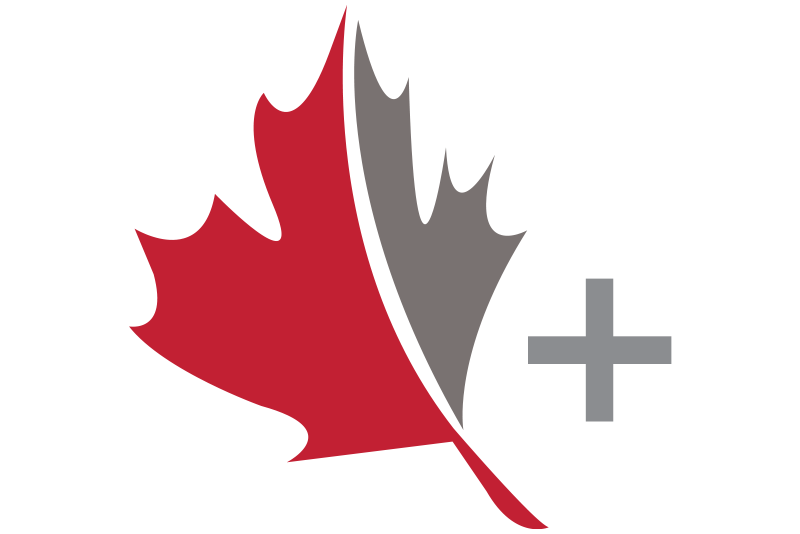Each individual has a unique method of processing and retaining information. Some of us learn better by seeing, hearing, and doing. As a result of these distinct learning styles, we have the potential to make significant contributions to our academic and professional success.
This article explores three primary learning styles: visual, auditory, and kinesthetic. We will discuss what each technique involves, how to identify your learning style, and how to use this knowledge to improve your learning and retention.
As individuals, we all have our unique ways of processing and retaining information. Some of us learn better by seeing, some by hearing, and some by doing. These distinct ways of learning are called “learning styles,” and they can significantly impact our academic and professional success.
This article will explore the three primary learning styles: visual, auditory, and kinesthetic. We will discuss what each style entails, how to identify your learning style, and how to use this knowledge to improve your learning and retention.
What are the Three Primary Learning Styles?
Visual Learners
Visual learners prefer to learn through images, graphs, and charts. They process and retain information better when presented visually. They often have excellent spatial senses and can easily visualize concepts in their minds.
If you are a visual learner, you may find using diagrams, videos, and infographics helpful when studying. You might also benefit from creating mind maps or using flashcards to remember relevant information.
Auditory Learners
Auditory learners prefer to learn through listening. They tend to process and retain information better when presented in an acoustic format, such as lectures, podcasts, or discussions. They often have a good sense of rhythm and remember information better when presented musically or rhythmically.
If you are an auditory learner, you may find it helpful to record lectures or discussions and listen to them later. You might also benefit from reading aloud or participating in study groups where you can discuss concepts and ideas with others.
Kinesthetic Learners
Kinesthetic learners prefer to learn through hands-on experiences. They tend to process and retain information better when physically interacting with it, such as through experiments, simulations, or role-playing. In many cases, they are better at handling hand-eye coordination and timing than most other people.
If you are a kinesthetic learner, you may find it helpful to engage in activities that allow you to interact with the material you are studying physically. You might also benefit from frequent breaks to move around or exercise, such as walking or stretching.
How to Identify Your Learning Style
Identifying your learning style can improve your academic and professional success. The following methods can be used to determine your learning style:
- Be aware of your study habits and keep them in check. Do you prefer to read, listen, or interact?
- If you are taking notes, think about how you like to do it. Do you prefer to write things down or draw diagrams?
- Take a moment to consider how you communicate with others. Do you prefer to talk on the phone, send emails, or meet in person?
- Think about how you learn new skills and how you apply them. Do you prefer to watch someone else do it, listen to instructions, or jump in and try it yourself?
Once you have identified your learning style, you can use this knowledge to improve your learning and retention. Here are some tips for each learning style:
Visual learners
- Use visual aids such as diagrams, videos, and infographics.
- Create mind maps or flowcharts to organize and remember information.
- Use highlighters or different coloured pens to emphasize critical points.
Auditory learners
- Record lectures or discussions and listen to them later.
- Participate in study groups to discuss concepts and ideas with others.
- Read aloud or explain concepts to someone else to reinforce your understanding.
Kinesthetic learners
- Engage in hands-on activities such as experiments, simulations, or role-playing.
- Take frequent breaks to move around or exercise.
- Use props or manipulatives to understand concepts, such as using blocks to represent mathematical equations.




